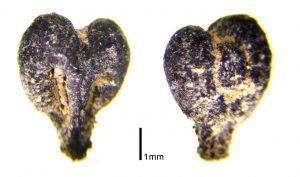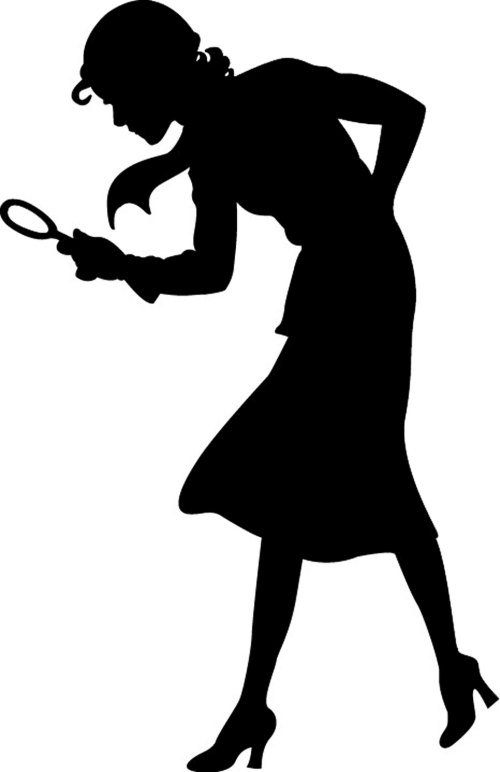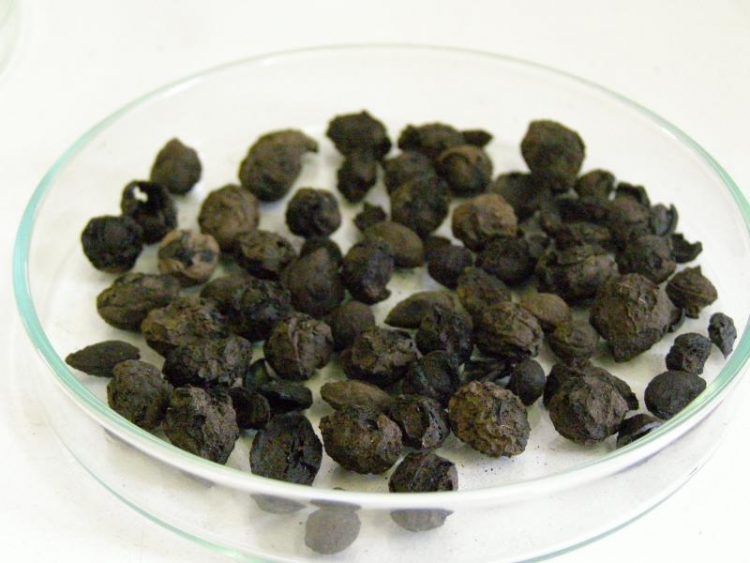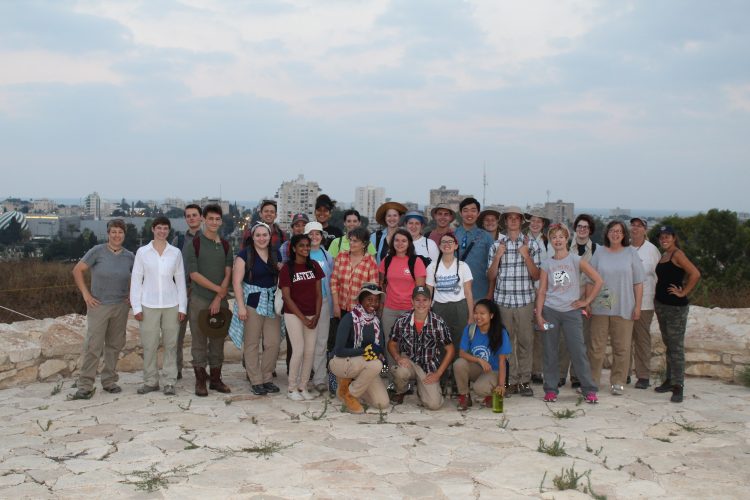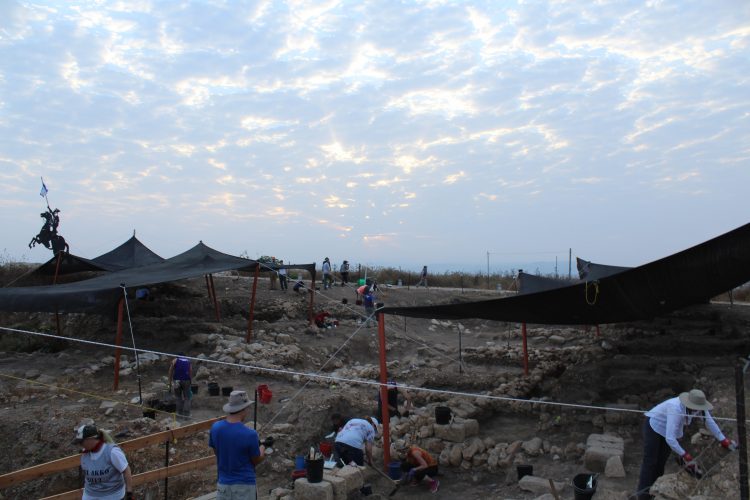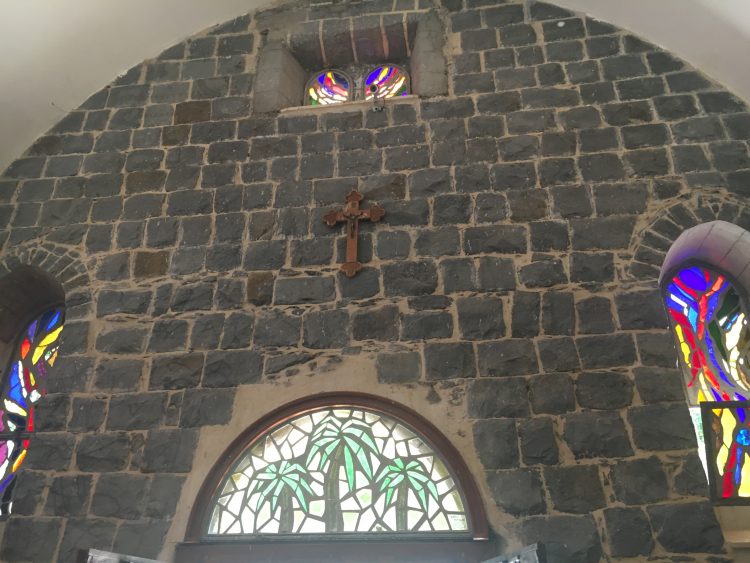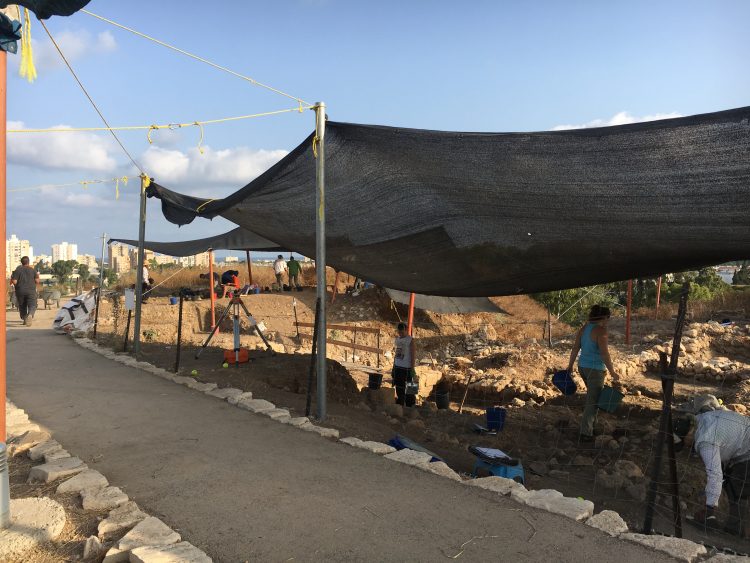Crops of Tel Akko
In this post I am going to run through some of the most common domesticated plant species that we find in the archaeological record at Tel Akko. These taxa give us a good sense of the economic plants used at Tel Akko, particularly for food.
The two most prolific crops at Tel Akko, from all the historical periods excavated thus far, are olive (Olea europaea) and grape (Vitis vinifera). Fun fact: The grape pips we recover occasionally show up mineralized, rather than charred. This means people ate these seeds, which then calcified as they passed through the human gut (Green 1979).
Cereals were also staples at Tel Akko. We find grains of barley (Hordeum sp.) and different varieties of wheat (Triticum spp.). Wheat would have been the preferred grain for people to eat, while barley would have been consumed by humans and fed to animals as fodder.
A handful of pulses, which comprise beans and peas, are found in the Tel Akko excavations. They include lentil (Lens culinaris), common pea (Pisum sativum), and bitter vetch (Vicia ervilia). Fun fact: Bitter vetch is considered a famine crop because it has to be boiled in order to be safe and palatable for human consumption (Zohary and Hopf 2000: 116). However, this legume was also a popular fodder crop for livestock, who ate it as-is without any harmful side effects.
Other plants that round out our picture of cultivated crops at Tel Akko include fig (Ficus carica), safflower (Carthamus sp.), and flax (Linum usitatissimum). Fun facts: We only have a few finds of safflower thus far. But these seeds provide tantalizing links to maritime contacts with the Egyptians, who grew and prized safflower for both its oil (used in cooking) and red dye (used in cloth production) (Marinova and Riehl 2009: 345-6). We have recovered just two (two!) flax seeds so far, but these plants were also important sources of oil (linseed) and linen for textiles. They are hard to find archaeologically because their rich oil content makes them susceptible to ashing, rather than charring, when exposed to fire. By the first millennium BCE, safflower and flax were largely (but not entirely) replaced by the red/purple dye of Murex shellfish and sheep wool for textiles. And as it turns out, we have a fair amount of Murex shells and sheep bones (Ovis sp.) at Tel Akko.
Works Cited
Green, Francis J. (1979) Phosphatic mineralization of seeds from archaeological sites. Journal of Archaeological Science 6: 279-284.
Margaritis, Evi and Martin Jones (2008) Olive oil production in Hellenistic Greece: The interpretation of charred olive remains from the site of Tria Platania, Macedonia, Greece. Vegetation History and Archaeobotany 17: 393-401.
Marinova, Elena and Simone Riehl (2009) Carthamus species in the ancient Near East and south-eastern Europe: Archaeobotanical evidence for their distribution and use as a source of oil. Vegetation History and Archaeobotany 18: 341-9.
Zohary, Daniel and Maria Hopf (2000) Domestication of Plants in the Old World. Oxford: Oxford University Press.
